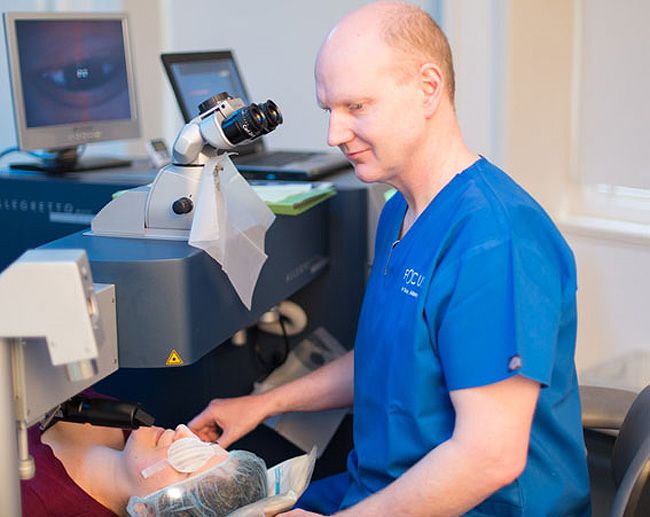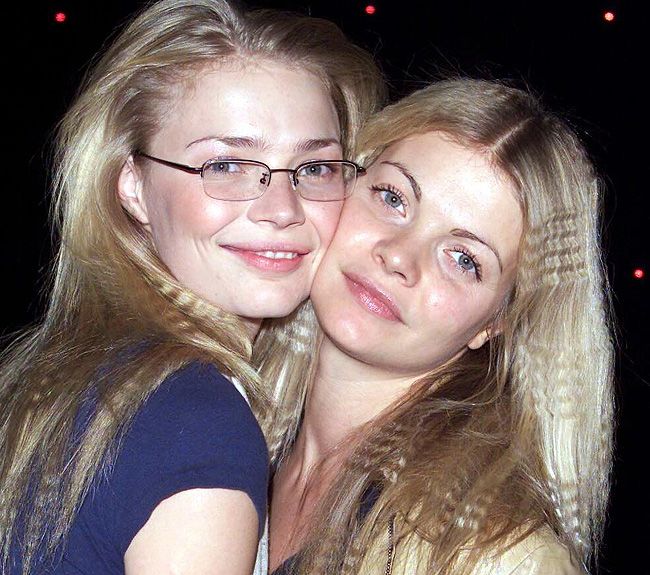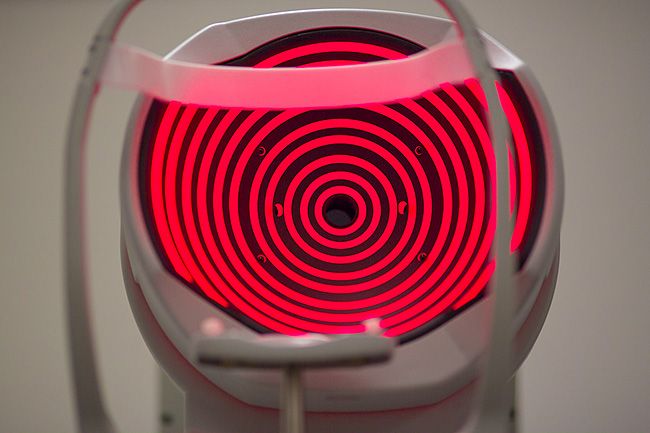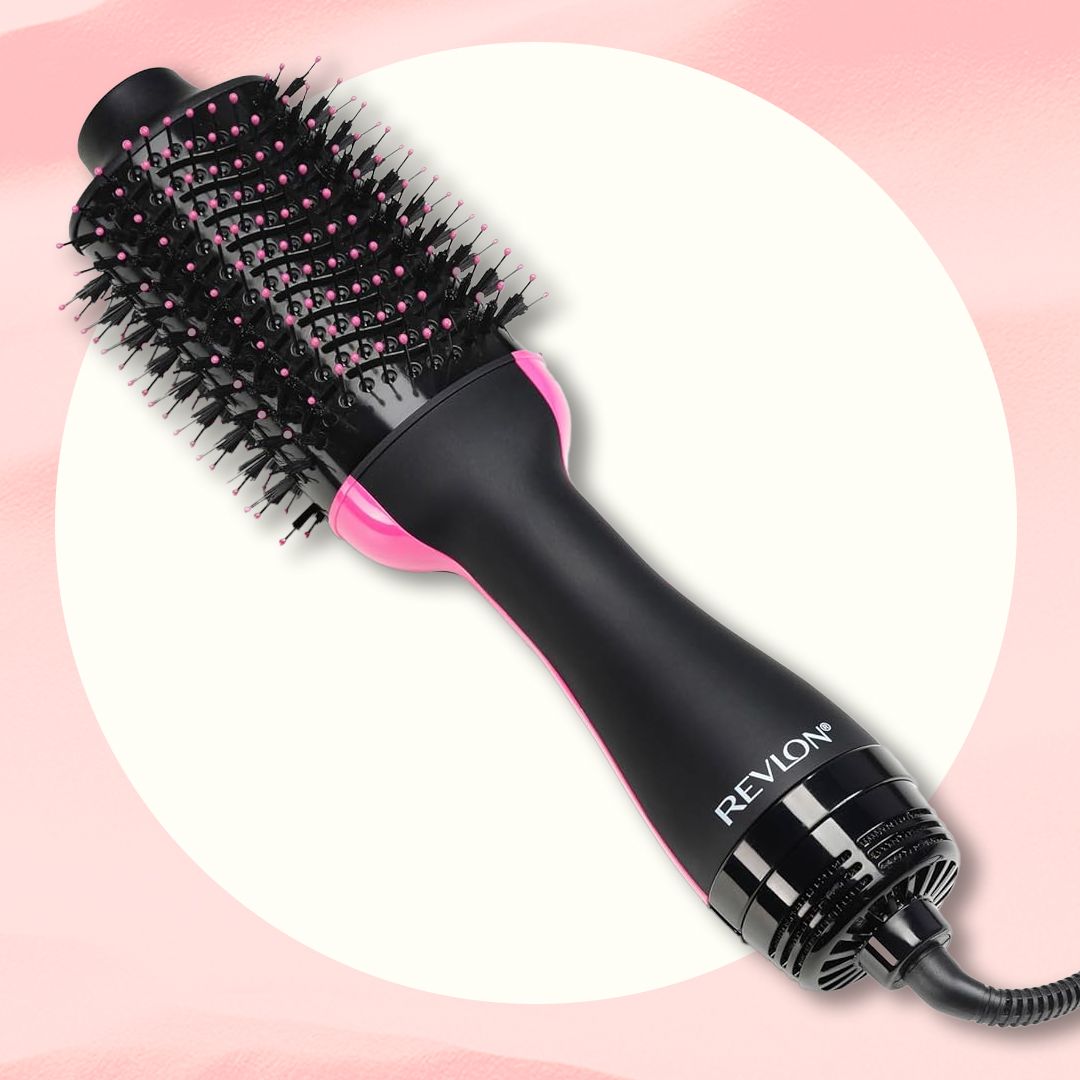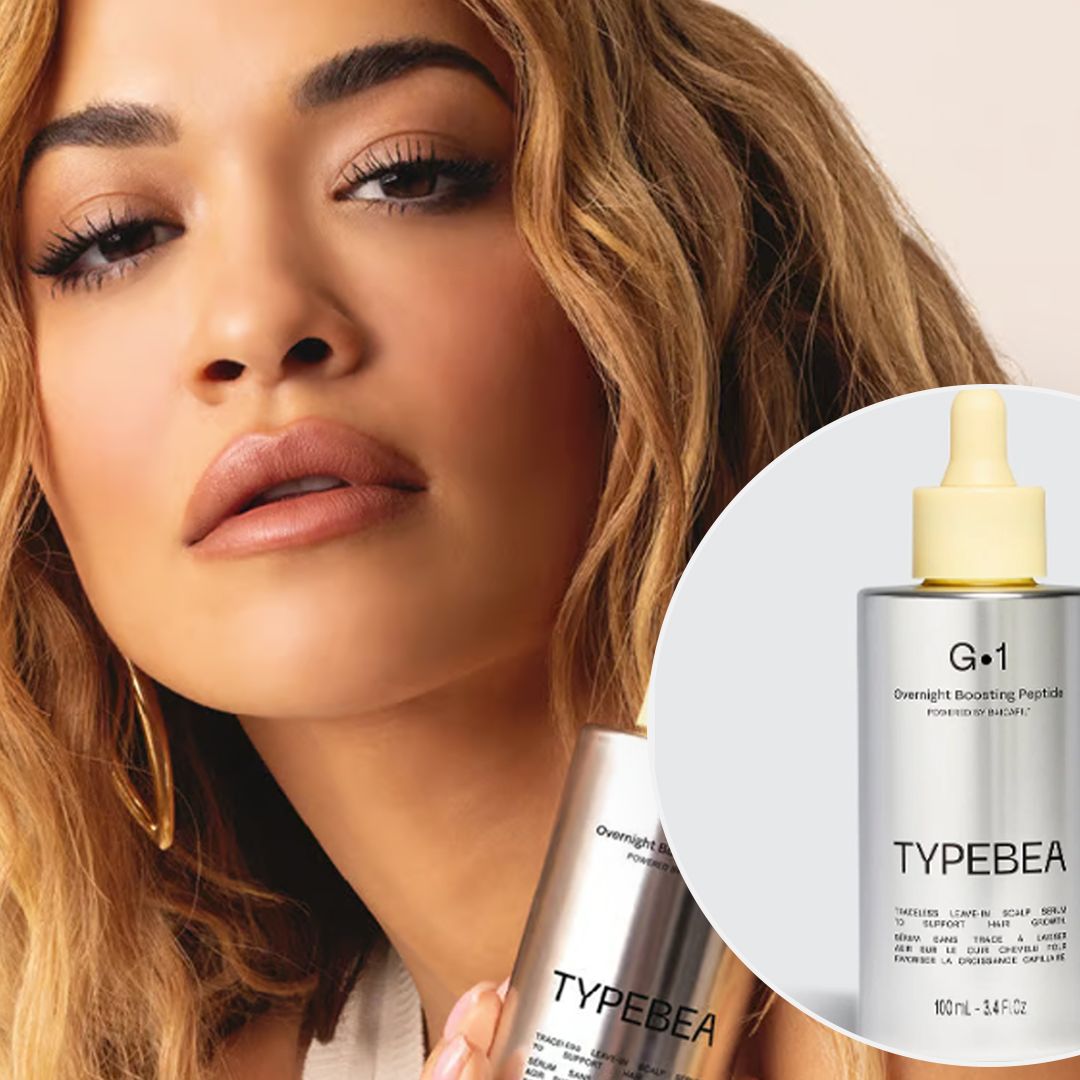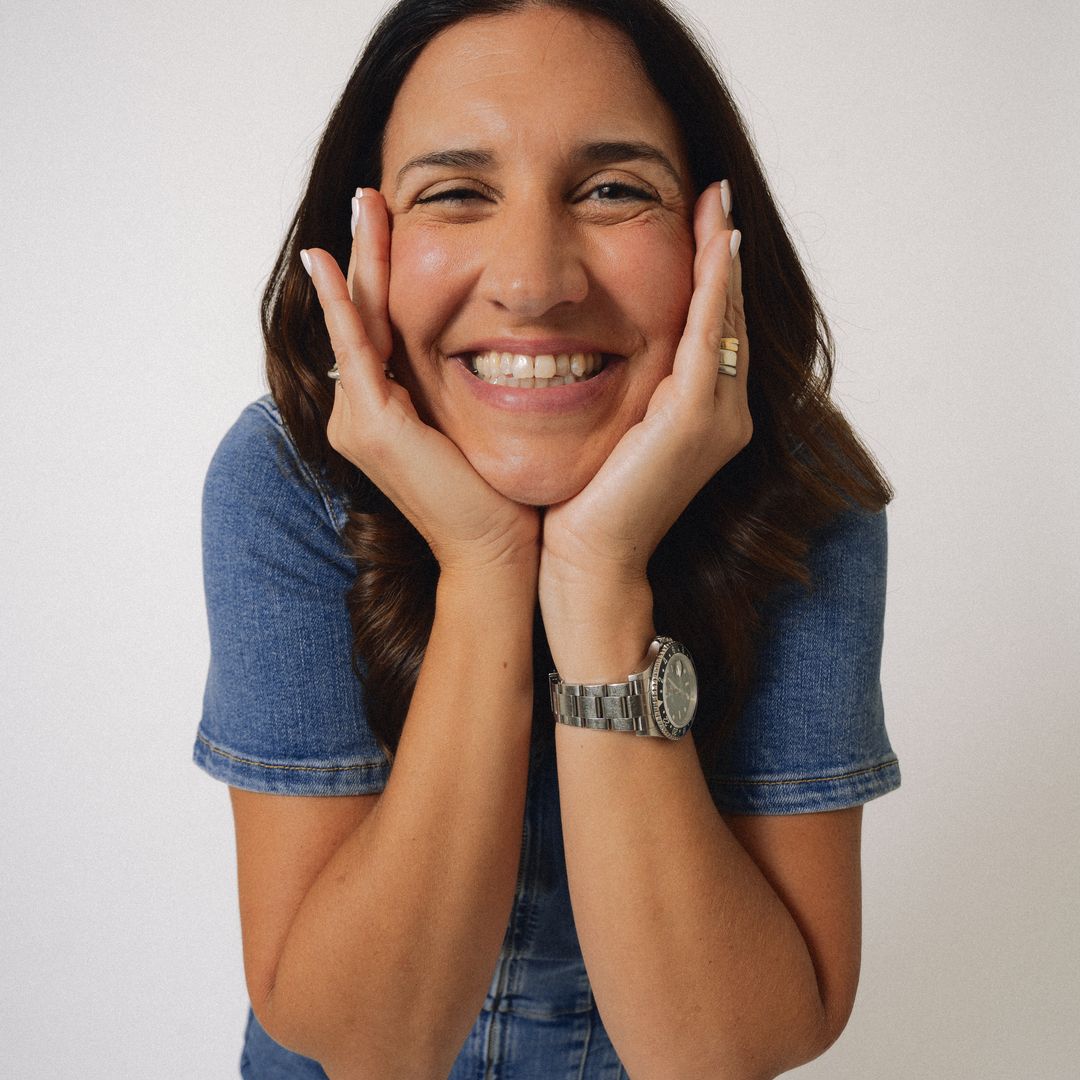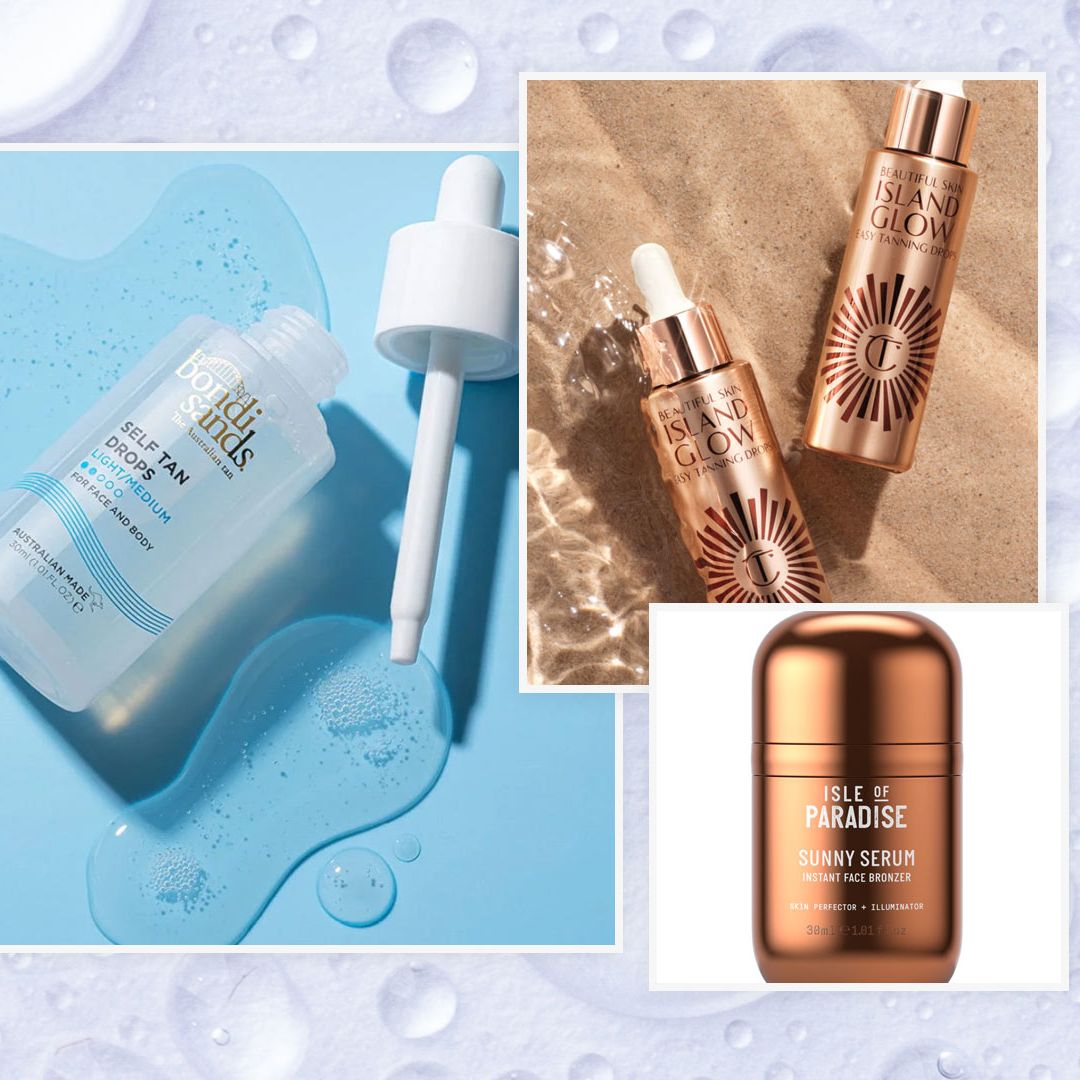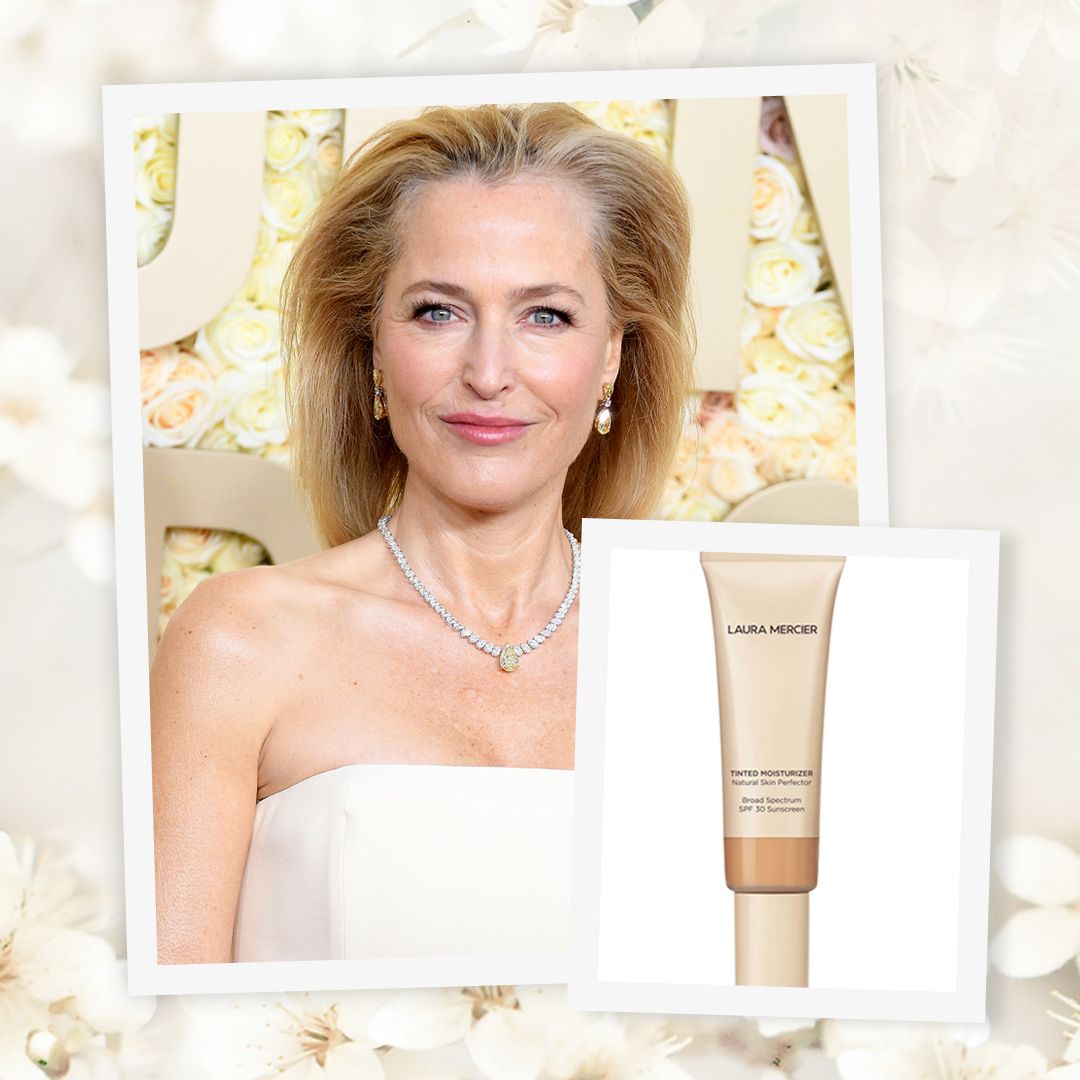Can anyone who wears glasses have LASIK eye surgery?
“LASIK is suitable for most prescriptions, including reading glasses and astigmatism, as well as short-sight and long-sight. It is important though to ensure your prescription is stable before surgery. Some extreme prescriptions are not treatable however. Everyone has to go through a rigorous suitability consultation, to exclude patients who have an increased risk of complications. At Focus, we are quite strict and readily turn patients down if it isn't in their best interest to have treatment.
Is it safe?
"Safety is all about selecting the right patients for treatment. With an expert surgeon and well selected patients, safety is extremely good. As an example, dry eye is the most common reported side-effect of laser eye surgery worldwide, with studies putting it at 20 per cent or higher once healing is complete. At my clinic, we only see patients for dryness in less than 0.5 per cent of patients after the normal post-op review period."
Does it hurt?
"It isn't painful for most patients at all, more commonly described as being "surreal". It isn't like any other procedure they may have had, so seems rather strange. It’s no more painful than a dental hygiene visit, even though it is rather sci-fi with lots of coloured lights."
How much should you expect to pay?
"For quality surgery, generally £4,000 is what you’d expect to pay, for a good surgeon in a quality setting - and that's being very consistent. Most clinics are about £4,000, maybe a bit less, maybe a bit more, but if you're charging much less than that you’ve really got to cut some corners, whether it’s treating a high volume of patients in a day or using outdated technology."
What should you look for when choosing a surgeon or clinic?
"An important question is actually one many people don’t think of – how many other patients will have treatment with that surgeon on the same day? For example, some clinics may operate on four or five patients a day, others 20-30 or even more. Quality and safety are helped when the surgeon has ample time and isn’t rushing on to the next case. "Results should be for both achieving 20/20 vision, and also better than 20/20. Contrary to popular belief, 20/20 is not perfect vision, but rather a low average. Most people can see slightly better than that, known as 20/16. You want to know the percentage of patients getting 20/16, i.e. being able to see as well as they could with glasses before surgery."
What qualifications should your surgeon have?
"Your surgeon should be a fellow of the Royal College of Ophthalmologists, having the letters FRCOphth after their name. More importantly though is the actual performance of the surgeon in carrying out vision correction. People should consider that individual surgeon's results and their complication rates."
Why are complication rates important?
"Complications rates to ask for should include the re-treatment rate – the percentage of patients needing a second treatment within the first year - infection rate, and the percantage of dry eyes beyond six months post-op. Unfortunately, most clinics don’t publish complication rates. Complications can happen with any surgery, and most can be corrected or indeed avoided. With well selected patients, complications should be rare.”
What do we know about long-term effects of Lasik? It’s been around 25 years, is that really enough time to discern long-term effects?
"Yes, it would appear so. Based on the physiology of the cornea we don't conceive of late changes. There are changes we have seen up to two years after treatment in rare cases - and which we can treat - but haven’t seen any other effects, even over the following 20 years. As the cornea get stronger with age, the long-term safety profile seems excellent."
My laser eye surgery experience
I can hardly remember a time before glasses were part of my face. Before I had my laser eye surgery in June, my blindness - close to minus 7.00 diopters in my left eye, and minus 8.00 in my right – was as much a part of my personality as my love of 80s music and my ‘glass half full’ approach to life.
Specs suited me, or so everyone said. Which was lucky since I had to wear them 24/7 – even in the shower. "Are you really that blind?" friends would ask. "Well put it this way," I would reply, holding my hand up approximately 10cm from the end of my nose. "I can see to here without them. Beyond that, forget it."
An estimated 100,000 people in the UK undergo laser surgery every year for a life free of contacts and glasses
Contact lenses seemed like a miracle the first time I put them in, but the further I got away from my teens, the more important having comfortable eyes seemed. Plus I started to read worrying reports about how long-term lense wear could damage and dry out the eyes, and I’d racked up nearly two decades. By the time I hit my early 30s I was down to wearing them on special occasions only.
And like I said, glasses suited me – it wasn’t the end of the world. But I longed to be able to do the things non-visually challenged people could do. Like putting eye make-up on without poking myself in the eye because I couldn’t see what I was doing. Or going swimming and actually putting my head under the water. Or wearing really fashionable non-perscription sunglasses. Or even just taking a nap without having to make a pit stop to take out my lenses.
Finally I resolved to at least look into laser surgery and see if I might be able to follow in the footsteps of the estimated 100,000 people a year in the UK who opt for it. So in March, I found myself in the tranquil waiting room of Focus Clinics on Wimpole Street, London, nervously waiting to see Mr David Allamby, one of the UK's leading laser eye surgeons. I'd done my research – he has an 100 per cent success track record with giving his patients 20/20 vision, or better, and had also treated a roll call of famous faces. Well, if it was good enough for the likes of David Gandy, Jodie Kidd and Queen guitarist Brian May, then it was good enough for me.
Before my consultation I was taken into a room full of impressive-looking scanning machines which looked at my eyes from every angle and tested the vital things that would determine if I could have the procedure or not. Among them: my corneal shape and composition, the quality of my tears, and of course the degree of prescription, ie how bad was my short-sightedness. I was stunned to learn that if I went ahead with the surgery this would be checked a total of 15 times before I got anywhere close to the laser!
The technician told me everything looked promising, but of course Mr Allamby would have the last word – and I knew that he only accepted patients who were good candidates and typically turned away a third of the people he saw. Would I be in that number?
Model David Gandy was thrilled with the results after getting laser surgery in 2014 at focus Clinics, London to correct his short-sightedness
I was called in to meet the man himself and I had a million doubts and questions. Would it hurt? Would I be left with a permanent hole in my eyes from the laser? Was there a chance it could all go wrong and I would end up blind?Thankfully, the answer to all of those questions was a resounding "no". Mr Allamby – who was incredibly affable and spoke to me in a non-medical speak way – patiently answered all my questions.
I wouldn’t feel any pain – my eyes would be numbed with anesthetic drops – but I would feel the sensation of pressure. I could live with that. I was a candidate for LASIK – that’s Laser-Assisted In-Situ Keratomileusis, to be precise – which was a two-laser process. The first laser would make a flap in my cornea, thinner than a human hair, that would be gently lifted up, and the second laser would reshape the surface of my eye, giving me perfect vision.
Though it sounds very simple, don't be fooled – this isn't a computer-led process that just requires the push of a button. The role of the surgeon is vitally important. In fact, Mr Allamby informed me, he goes through 150 different steps during the procedure, which would be over and done with in less than 15 minutes from start to finish. So finding a well-qualified surgeon with a proven track record and good results is paramount.
There are risks – as is the case with any surgery – the main ones being a chance of dry eyes after the procedure, problems with night vision, and in my case, an increase in the floaters I already had. Infections are possible, but Mr Allamby had never had one, in all the cases of the 16,000 or more operations he’s done since opening Focus in 2002.
A patient undergoes laser surgery at Focus Clinics
I felt confident I was in good hands – but had I met the requirements of a 'good candidate'? Yes. The surface of my eyes looked good, I had fat corneas – which was a positive thing apparently – and though I had a little dryness, it was nothing that would cause a problem, and he prescribed some supplements of flaxseed oil that would help prime my eyes for the surgery. Did I want to proceed? Yes, I did – and booked my procedure in for the start of June.
The day of the surgery arrived, and the mixture of excitement and nerves tipped closer to the fear end of the spectrum. But as soon as I arrived at the clinic I calmed down immediately. In the waiting room I chatted with a patient who was one-week post surgery and he was thrilled, though he did admit that his night vision wasn't so great yet. But he expected it to settle down, and assured me: "This will be the best thing you’ve ever done."
After repeating a few of the key checks I did at my consultation with a technician, Mr Allamby appeared and took me through to review everything and see if I had any final doubts or questions. Everything looked great so I was all ready to go.
I was taken to the theatre side room, where one of the technicians had already explained the drops I would have to put in over the next two weeks – an antibiotic and an anti-inflammatory as well as hydrating drops – and for the first day only, a anesthetic drop that would stop my eyes being sore. I was being sent away with a strict written timetable to follow for the first day, then I planned to set myself alarms for the next two weeks. Keeping to the schedule was vital to avoid infections and I wasn’t leaving anything to chance.
Finally there was nothing left to do but go under the laser. So I took my glasses off for the final time and had my eye area gently cleaned. Without my specs I could just about see the blurred shape of the technician in front of me, and she asked: "What's the smallest letter on this chart here that you can read?" I couldn’t even tell her there was a chart on the wall. Laughing, she told me: "Well, you’re going to see a massive difference in ten minutes time." She wasn’t wrong.
Jodie Kidd - pictured with sister Gemma before she had the procedure - also turned to laser surgery to ditch her specs
After being given an attractive green net for my hair and two more to cover my feet, I was taken into the theatre and shown where I should lie down. I accepted the offer of stress balls to squeeze, and made myself comfortable. this was it, no turning back now!
Right eye first, the left would be covered. Mr Allamby gently put a clamp device called a speculum in place to hold my eyelids apart. But it wasn’t Clockwork Orange-style, like I'd expected. I felt like I could blink. He dropped the numbing anesthetic into my eyes, and told me to focus on a green light. Then a contraption came down towards my eye, and Mr Allamby put the laser to work, making the flap that would be lifted up.
As promised, I felt no pain at all – only a feeling of pressure, like I had my eyes closed and someone was pressing down on my eyelid. I was given a countdown from 20 seconds as this was happening, so I felt completely calm. The was a slightly scary moment as the green light completely disappeared, but suddenly I felt like I was looking into a beautiful galaxy of stars. The pressure stopped – that was it, the flap was cut.
Then came the work of the second laser, which I didn't feel at all, and before I knew it, it was time for the cornea flap to be put back into place. I felt like I was underwater looking up at a figure above the surface, then suddenly everything came into focus and I could see Mr Allamby standing over me. He was a little misty, but I could see him perfectly! The first time since childhood that I could see more than 10cm away without my specs.
The second eye was a little more uncomfortable than the first, but purely for the reason that I knew what was coming. In lightning speed it was over, and I walked back into the side room and sat down in front of the chart, which I had no problems seeing now. I read what the letters spelled out: "I couldn’t read this 20 minutes ago," and it was totally true. I was flabbergasted to find I was already at 20/20 vision – a matter of minutes after the operation.
One of the futuristic machines used to check the cornea before surgery
After a short lie down in the recovery room with my eyes shut, I was on my way, driven home by a friend and just marvelling at everything I could already see. My eyes were a little gritty that day, but the anesthetic drops kept me more than comfortable. By the time it came to go to sleep – taping some plastic eye guards to my face that I would have to use for the first week at bedtime – my eyes were feeling almost back to normal. the hardest thing during that day was remembering not to touch my eyes at all – I had to remind myself constantly they were strictly off limits.
The next day I was back to see Mr Allamby at my 24-hour post op check and delighted to find out that I actually had 20/12 vision, much better than standard 20/20 and better than I'd ever seen in my life. The following day I was back at work and life went on as normal. After sailing through my post-op checks at one week, one month, and three months, I was pleased to note that I didn’t have problems with dryness, glare at night, or increased floaters – the most common problems that LASIK patients generally report.
It's been four months since my surgery and I can honestly say going ahead with it has been one of the best decisions I’ve made in my life. My vision has settled at 20/16 - fighter pilot-worthy sight – where it's expected to stay. I still reach for my glasses in the morning though – some habits really are hard to break – but it’s a constant source of delight to remember that I don’t need them any more.
Read on for the key points to take into consideration when considering Lasik laser eye surgery at any clinic – as explained by Focus Clinics' Managing Director Mr David Allamby...
Shortly after his surgery the model blogged that within hours of his operation he had "practically forgotten" that he had ever had the procedure
More information: focusclinics.com



